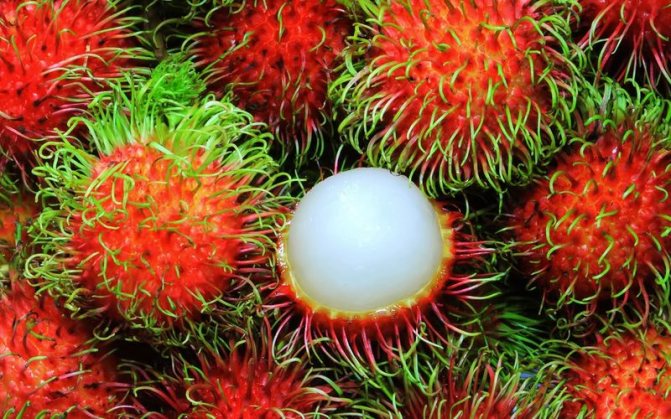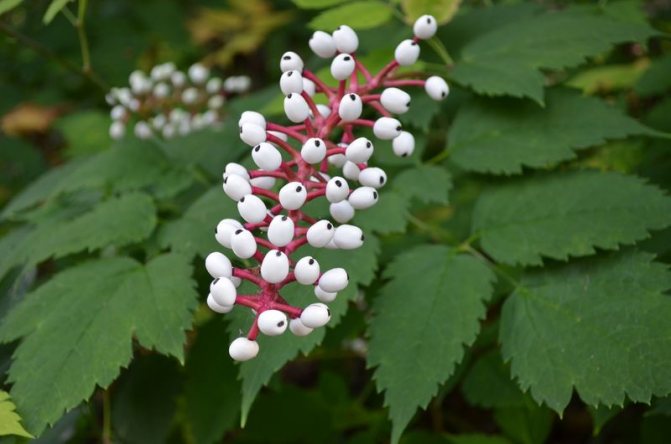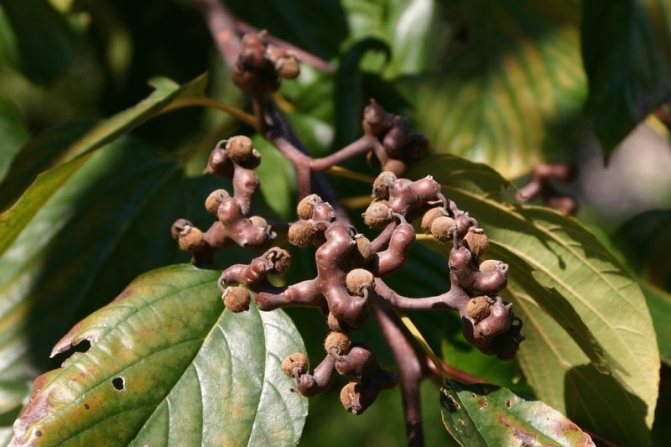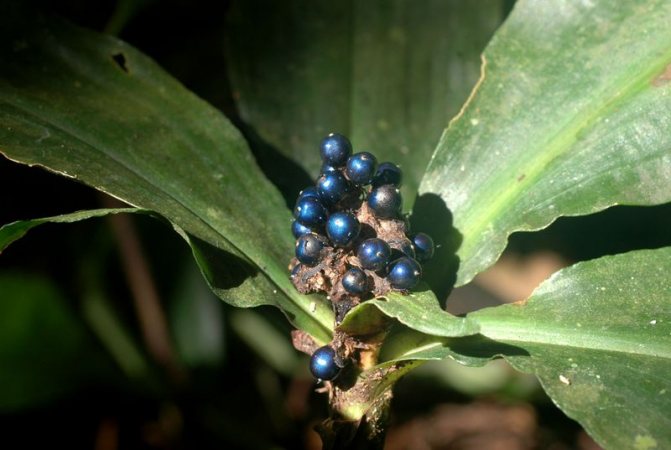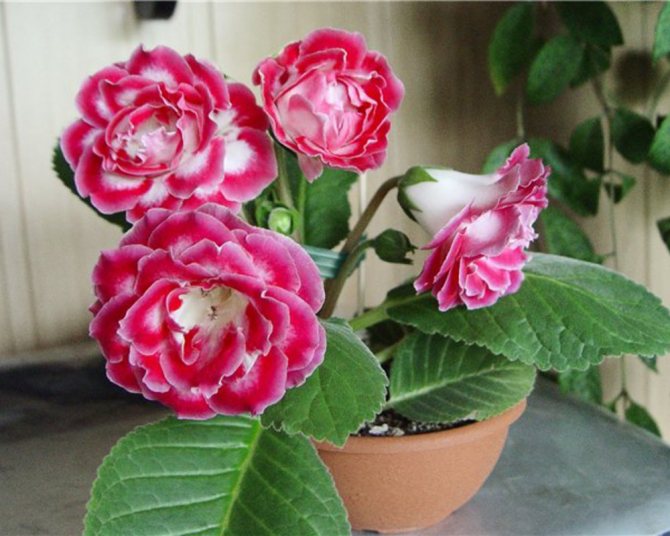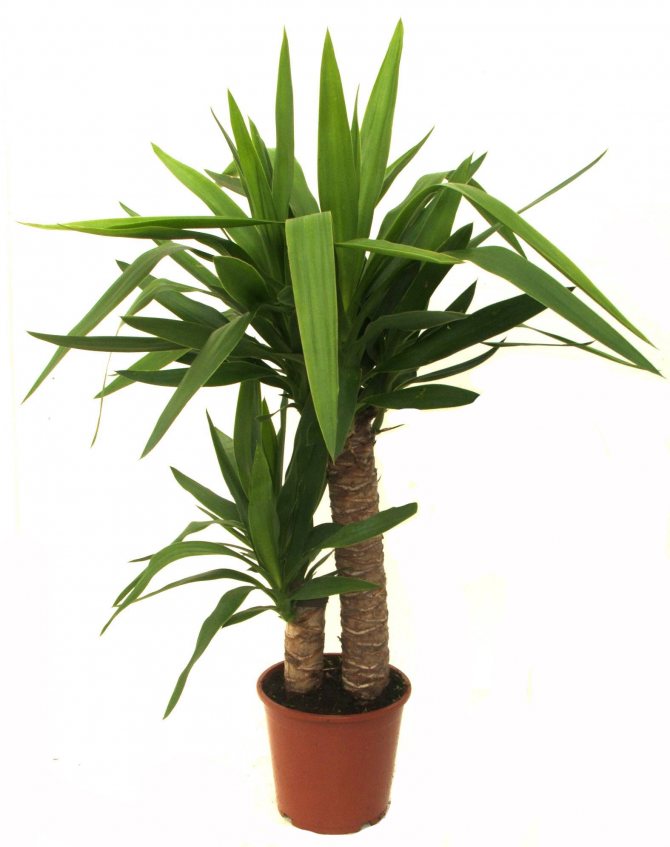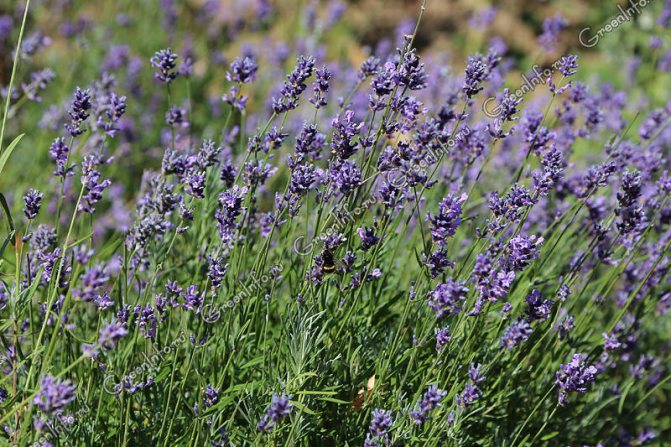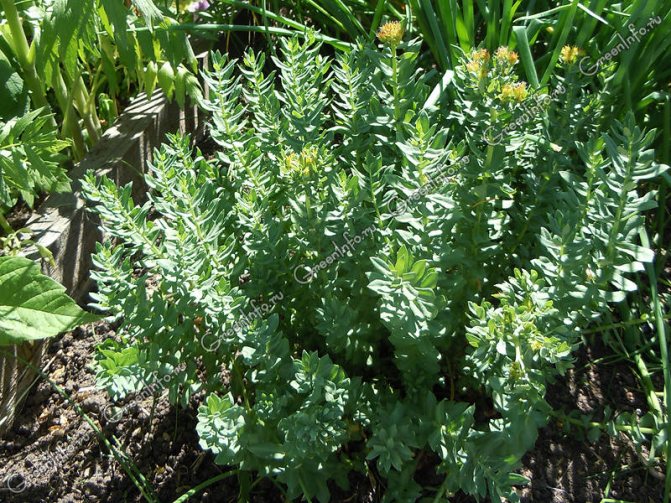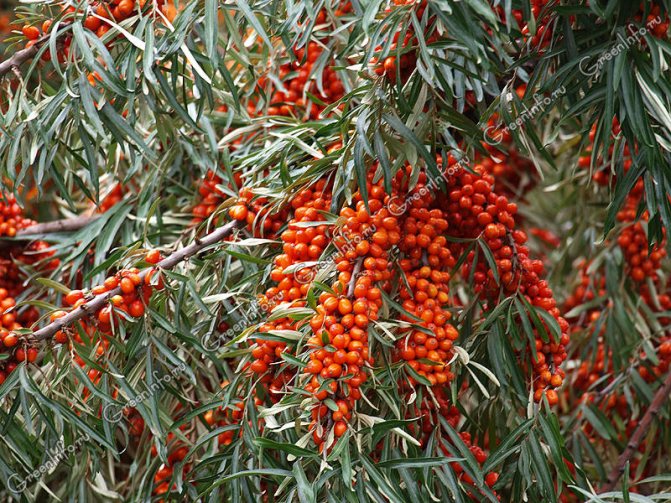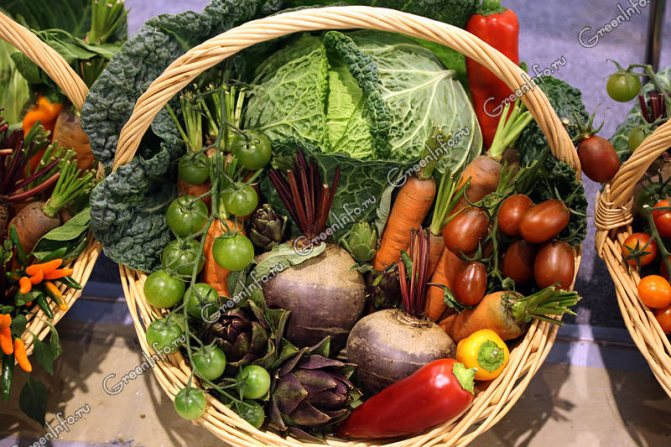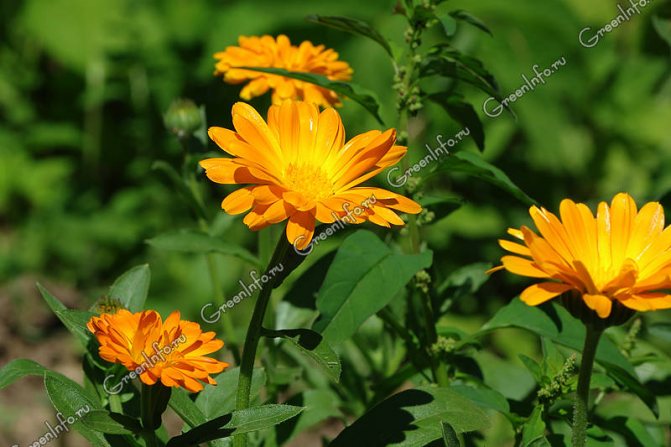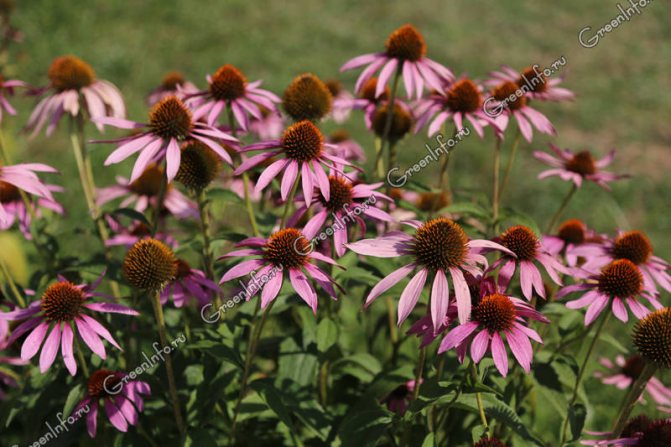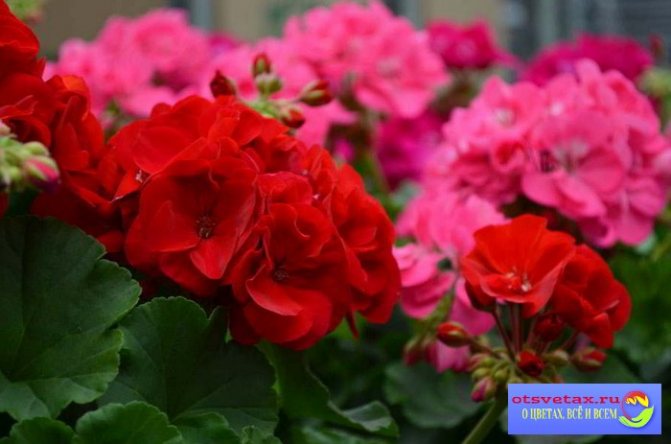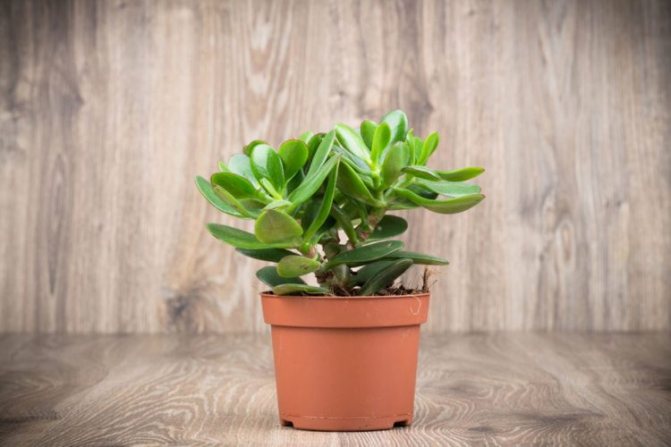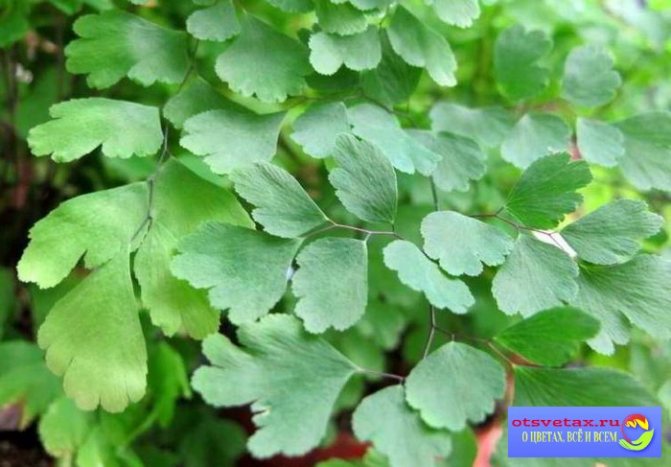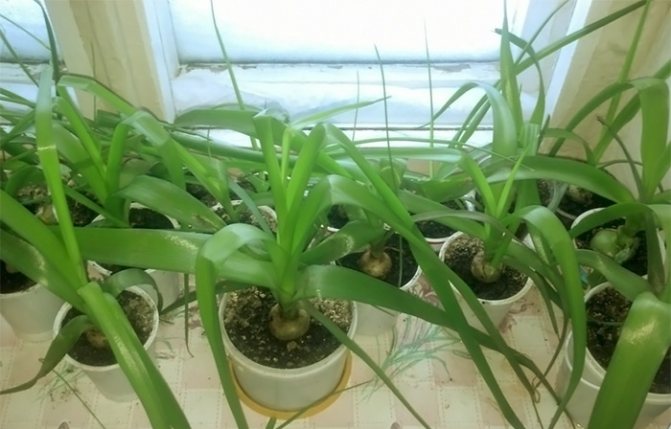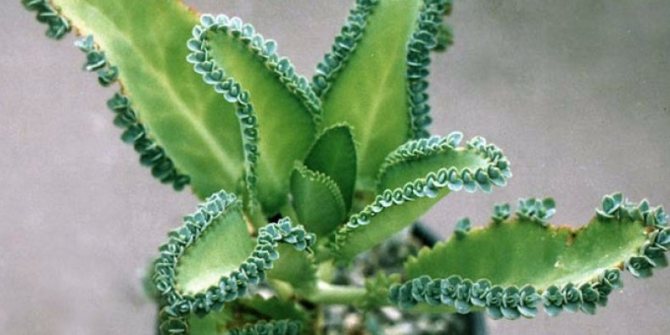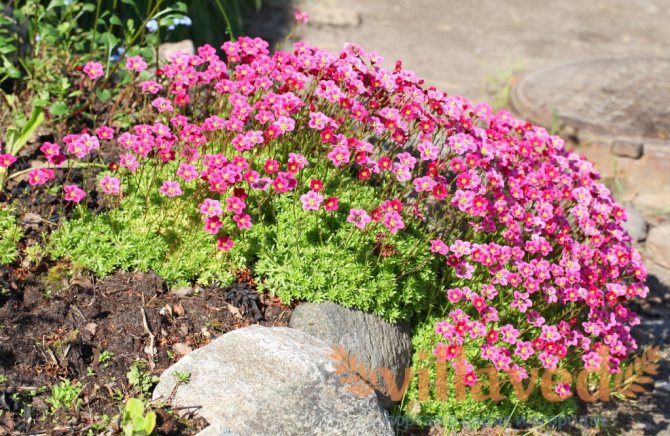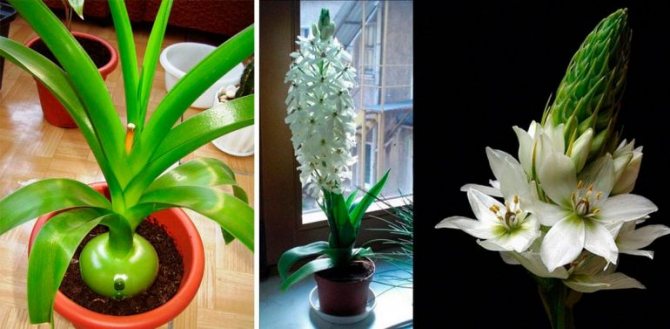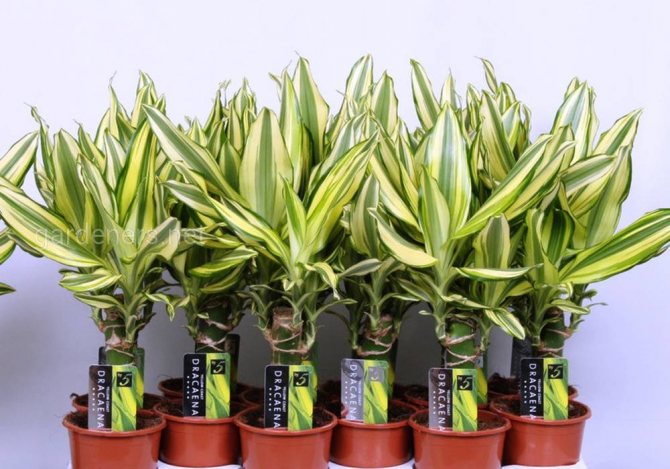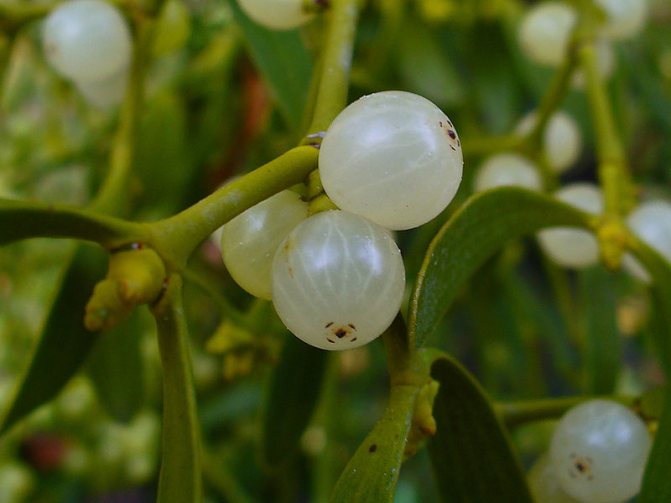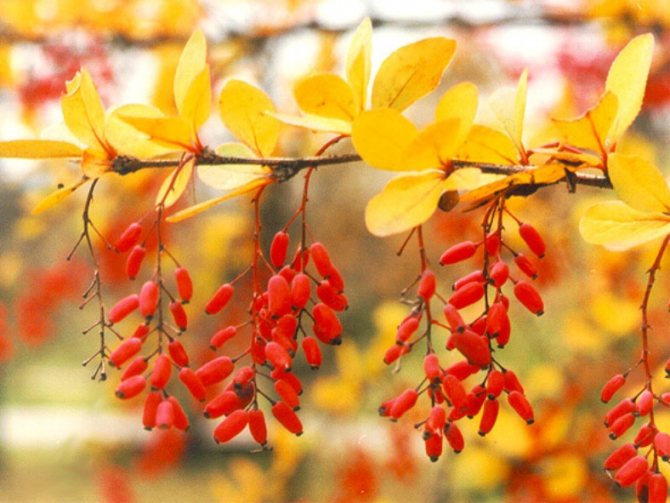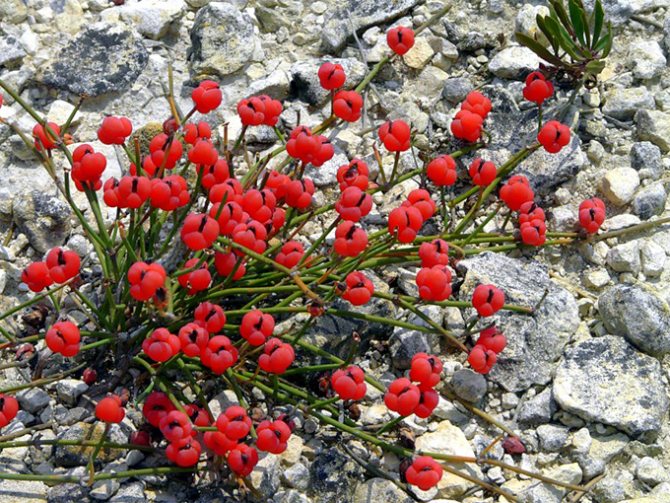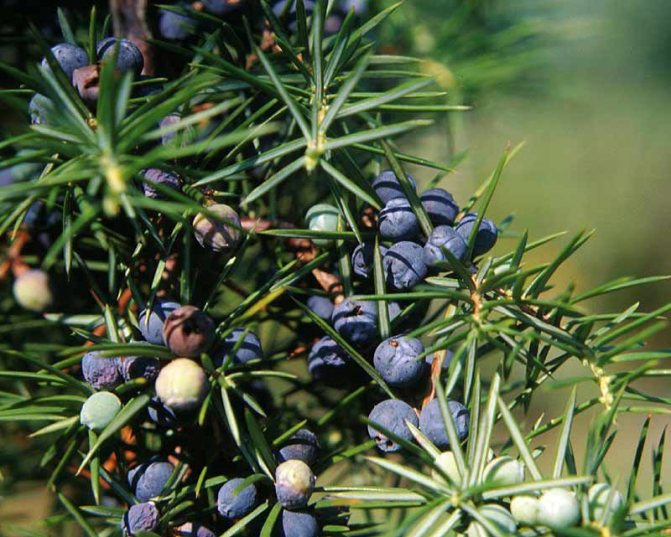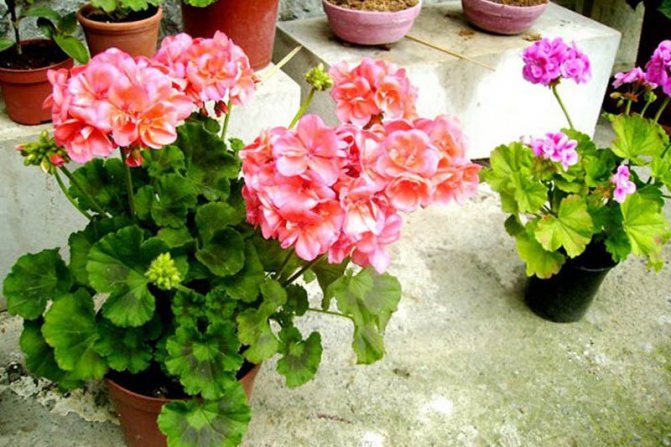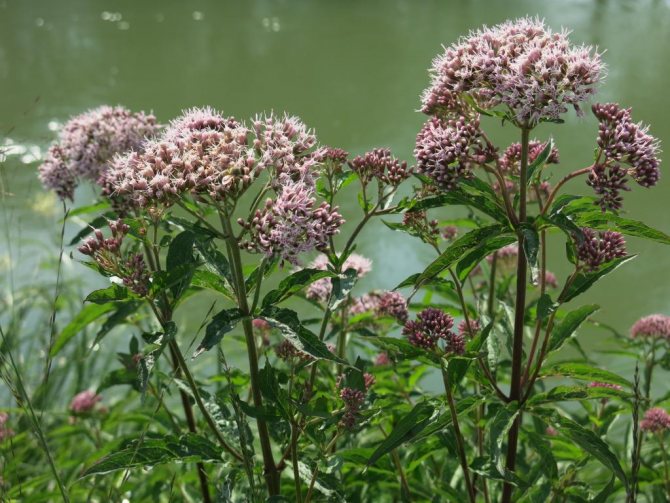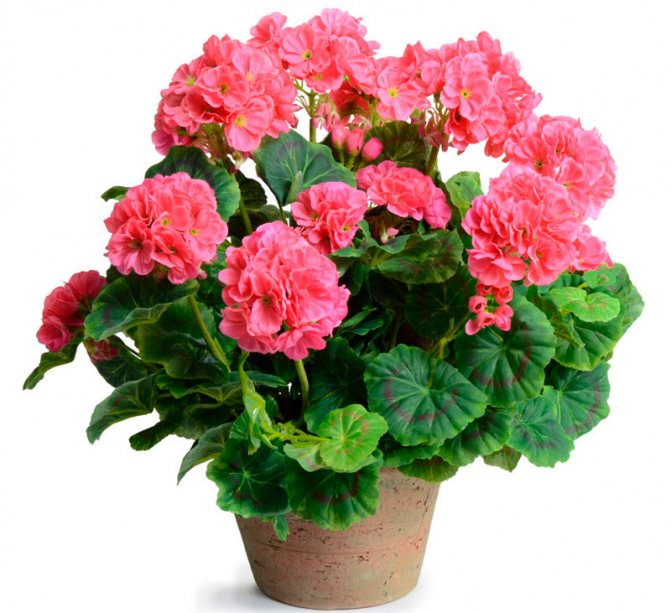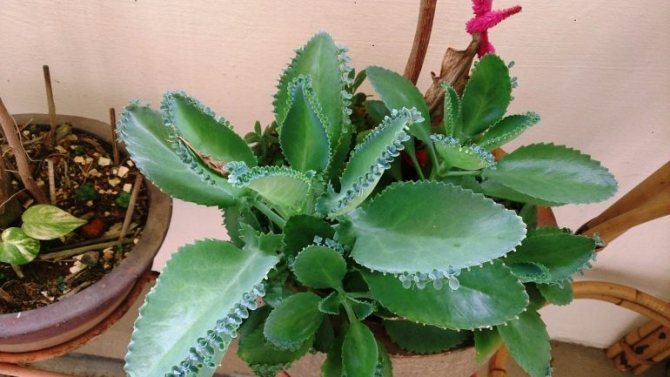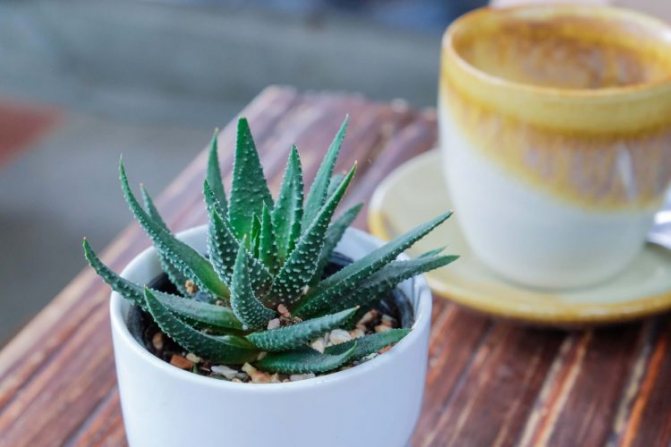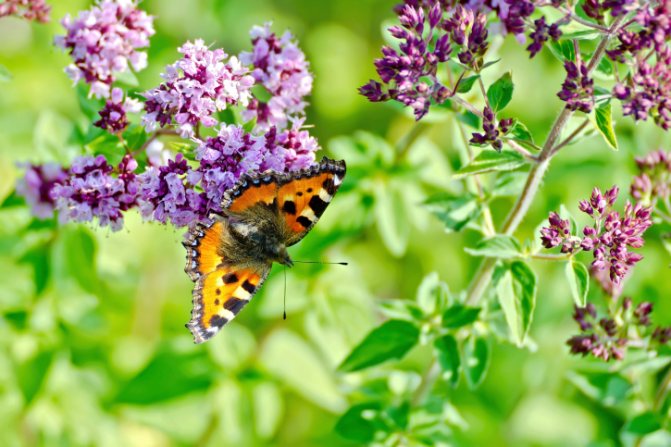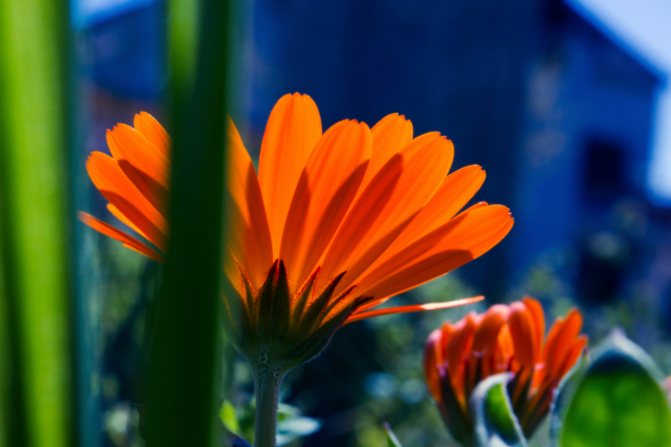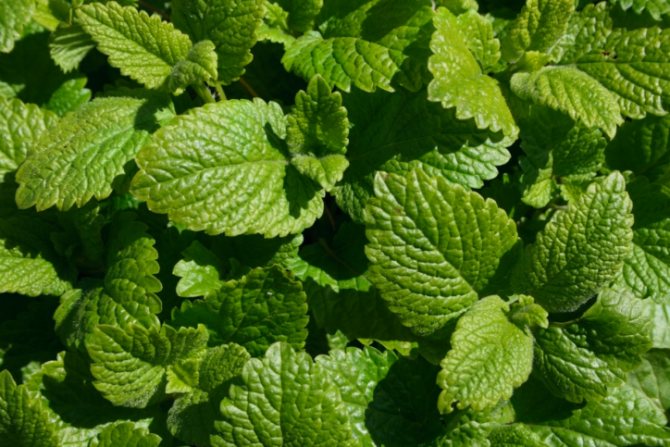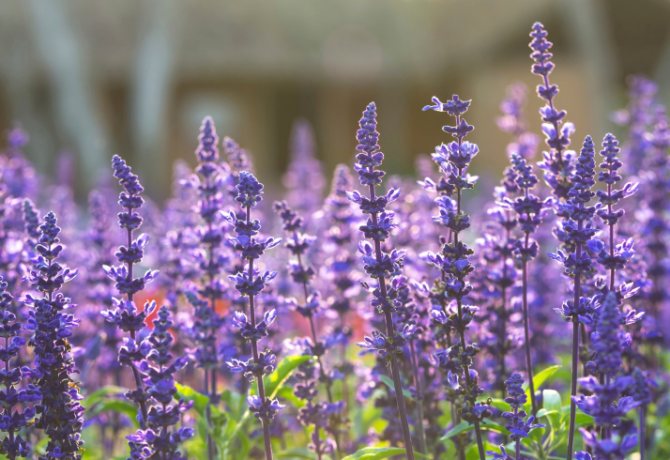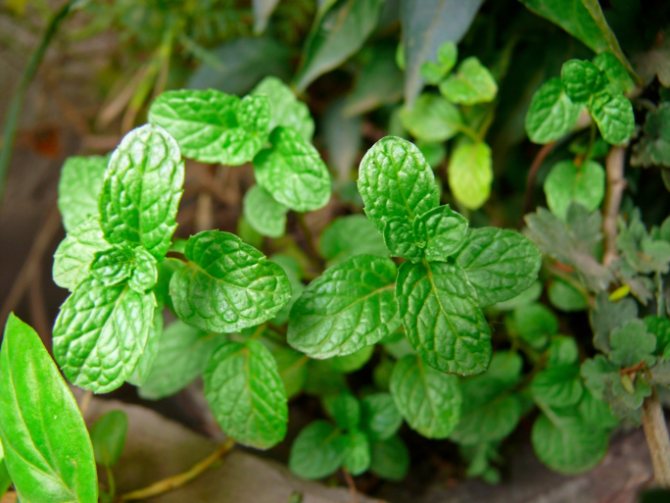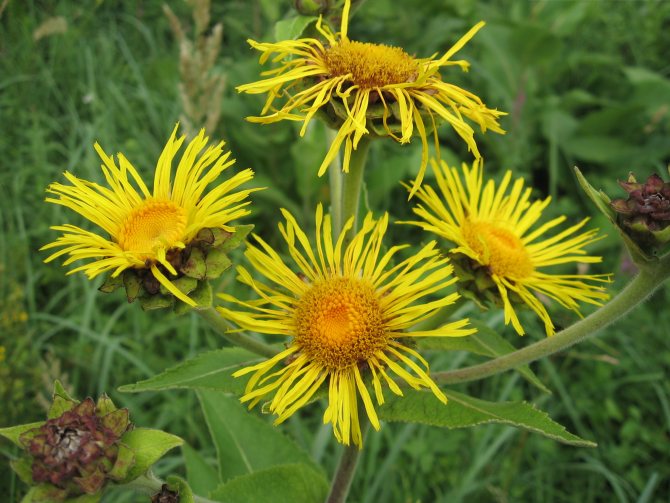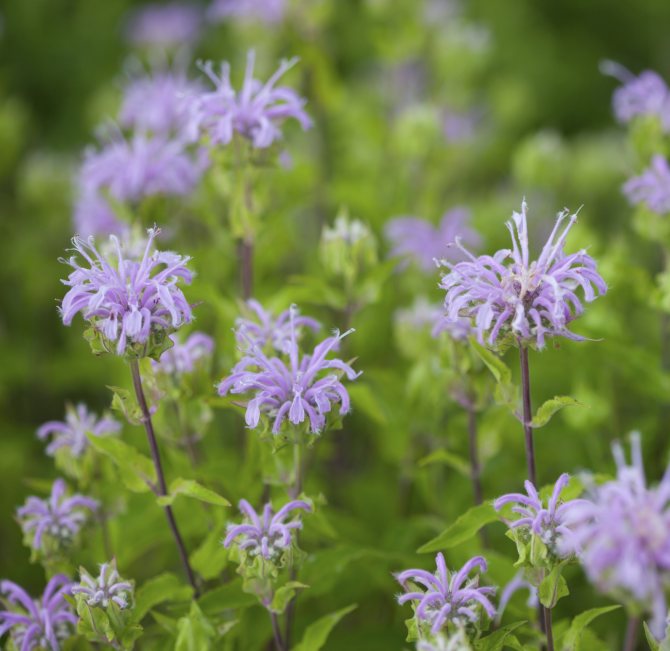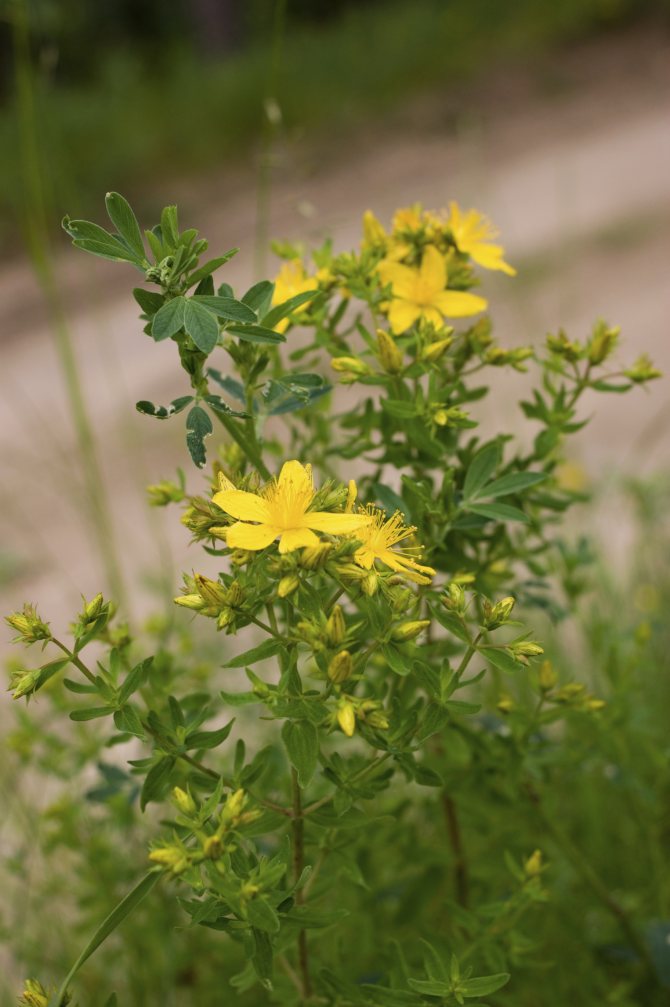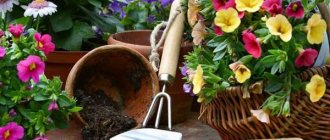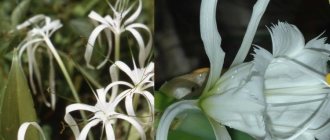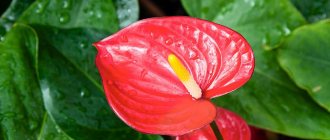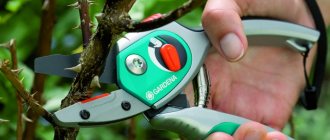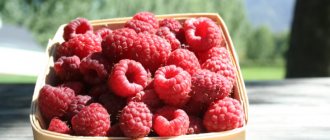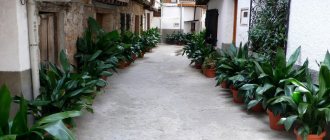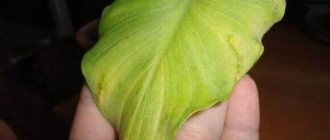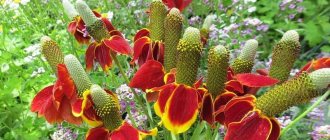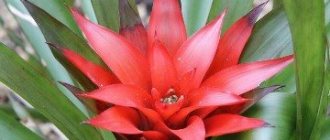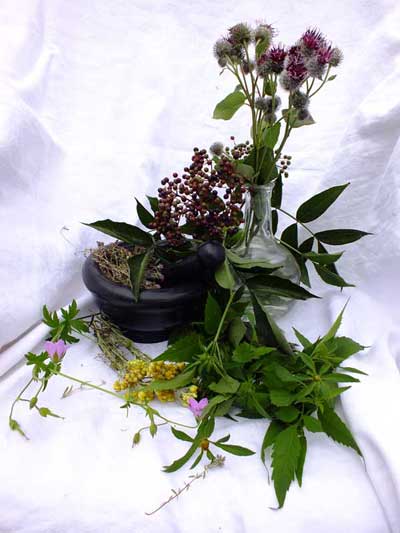
This section is dedicated to medicinal plants of the Voronezh region, as well as areas adjacent to it: Tambov, Lipetsk, Kursk... All these areas belong to the Central Black Earth Region and their flora is similar.
On the menu "List of plants»Presents photos of common medicinal plants of the Voronezh region, gives a description of their appearance, lists diseases in which this plant helps, gives recommendations on the collection and procurement of raw materials.
There are such well-known medicinal plants as: St. John's wort, calendula, raspberries, rose hip, fern, linden, plantain, goose bow, and there are also lesser known ones. Please note that some plants, for example spring adonisincluded in The Red Book of the Voronezh Region.
On the menu "List of diseases»Lists the most common diseases. Here is a brief description of the disease and provides list of medicinal herbsthat help in this case.
A person who knows and loves nature can minimize trips to the pharmacy. Perhaps, many people want to independently help their health and the health of their loved ones. Medicinal plants - the way to solve this problem. They do not act as quickly as synthetic drugs, but with a more stable result. Plus, when used correctly, medicinal plants have no adverse side effects. Traditional medicine has long used this green pharmacy.
At the same time, we must not forget that only a doctor can correctly diagnose, and before taking products made from medicinal plants, you should consult your doctor.
It is also necessary to pay attention to the fact that some medicinal plants are poisonous... Special care must be taken when using them.
The nature of the Black Earth Region is generous to people. Warm sun, long summer, relative ecological well-being allow to grow here an invaluable gift of nature - various and numerous medicinal plants.
Medicinal plants include those plants, parts and organs of which are raw materials for the production of medicines. These medicines can be used in both folk and traditional medicine.
Folk and traditional medicine uses in his practice about 21 thousand species of plants.
People have long used medicinal plants. The oldest document confirming this is a clay tablet found during excavations of a Sumerian city. On this tablet, dating back to the 3rd millennium BC, 15 recipes for dosage forms made from plants were given. The most popular in these recipes were such plants as fir, pine, mustard, willow, thyme, pears, figs, plums.
Medicinal plants were also used in ancient Egypt, India, China, Assyria, Greece, Rome. Ayurveda, described in Ayurveda, used about 800 plant species that are still in use today.
Tibetan medicine, which arose on the basis of Indian medicine, has used and is still applying about 400 types of medicinal plants.
The book of the medieval Persian scientist, physician and philosopher Avicenna "Canon of Medicine" describes about 900 types of medicinal plants with recipes for their use.
Currently, there is a pharmacopoeia - a collection of documents that establish quality standards for medicinal raw materials. Pharmacopoeia requirements are mandatory for organizations involved in the procurement, storage and use of medicines, including those of herbal origin.
The program of medical universities includes a course in pharmacognosy - a science that studies the means obtained from medicinal plant and animal raw materials.
In folk medicine, plants are also used that are not recognized by official medicine.
Medicinal plants contain at least one medicinal substance. Usually, this substance or substances are unevenly distributed over the organs and tissues of the plant, therefore, when collecting plants, it is necessary to know the place of concentration of useful elements, and the time of collection, when the concentration of these elements is maximum.
The drug is made from herbs, leaves, flowers, rhizomes, roots, fruits, seeds, bark and buds of plants. These funds are used for external and internal use.
Inside take water infusions, decoctions, as well as water-alcohol and oil tinctures and extracts. Also, juice is obtained from fresh juicy parts of plants. Less commonly, a powder from dried raw materials is used.
As external agents are used compresses, herbal baths, wraps, gadgets, ointmentsmade from medicinal plants.
Anemonastrum perm
Permian anemonastrum or Permian anemone is a plant species listed in the Red Book of the Middle Urals. The name of the genus comes from the Greek word anemos - "wind". Herbaceous perennial plant of the buttercup family, up to 65 cm tall. The stems, like the leaves, are covered with thick, horizontally protruding, slightly deflected hairs. Flowers 2-3 cm in diameter, tepals are elliptical, white. Fruits are about 7 mm long.
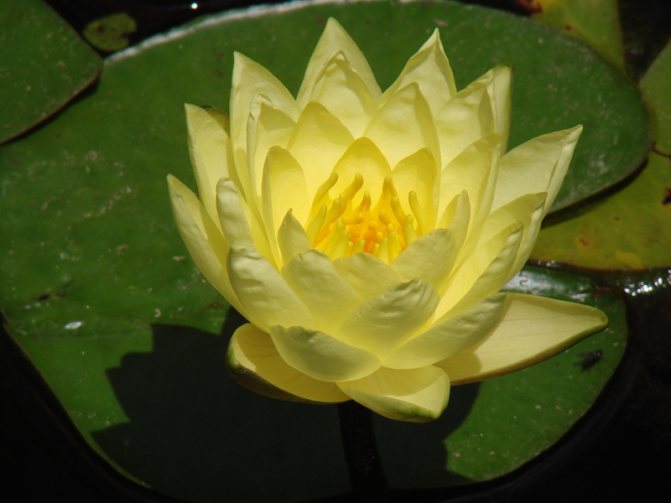

Water walnut
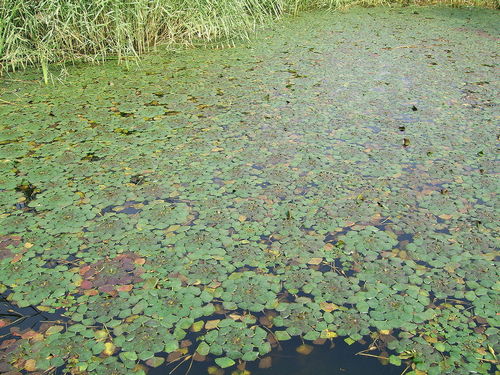

Water walnut is a herbaceous annual that is found in the rivers of the Far East. This relict species develops exclusively in warm water. In low-flowing water bodies, it forms dense thickets. The glossy leaves are shaped like birch leaves. White flowers appear in mid-summer. Ripe fruits look like a devil's head. For a long time, the seeds of the water walnut were massively harvested for culinary and medical purposes. Today the plant suffers from pollution of water bodies and prolonged dry periods. To restore the population, control over the state of the population is necessary.
Yellow water lily
The yellow water lily got its name from the closest relative - the white water lily. It grows in water, in shallow water, and its leaves are both on the surface and under water. Officially, the yellow water lily is called the egg-capsule for its fruit. The capsule blooms from the last days of May to August in large, yellow, almost spherical flowers. The flower is picked both for bouquets (and in vain - the flower does not stand in a vase), and as a medicine (the properties of the egg capsule are also recognized by official medicine).
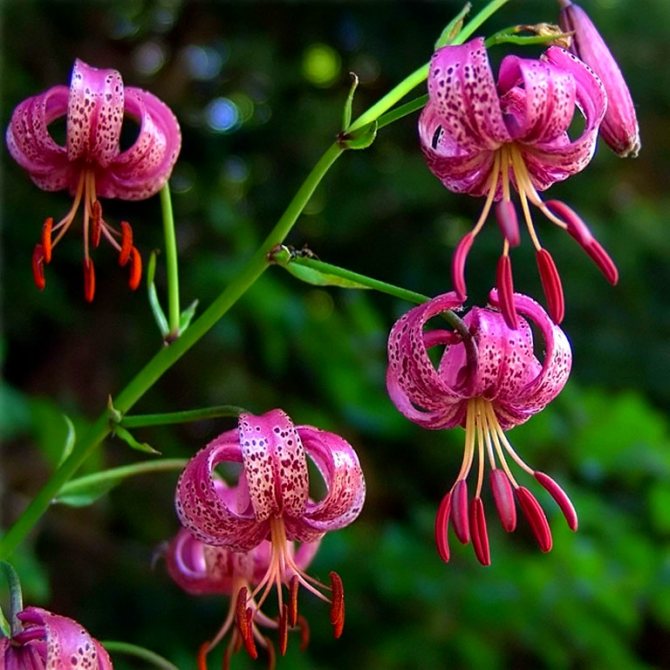

Medicinal plants
|
Probably, medicinal plants began to enter into everyday life of a person, as soon as he satisfied his hunger at least a little. Immediately there was a desire to live longer and not suffer from diseases. Having learned to recognize plants that are useful for themselves, gaining knowledge, observing animals and neighboring tribes, as well as experience - by trial and error, part of the population, who knows what winter is not by hearsay, took care of the problem of how to preserve not only food, but also medicinal plants ... This is how the first medicines appeared - first, simply powders from dry plants, then ointments based on animal fat and vegetable oils.Well, and even when alcohol appeared (the honor of this discovery is attributed to Arab doctors, in particular Avicenna), the storage of medicines became even better and, as practice has shown, many active principles began to be extracted more efficiently.
The second problem that a person took care of, by the way, much earlier than design (not to fat, maybe I would live) - the cultivation of medicinal plants near the home. Discovering new countries and continents, travelers brought their usual plants with them, and those who returned, took with them many useful plants of the overseas flora and planted them in their gardens. So a whole industry was born - medicinal plant growing, taking various forms - monastery gardens, university botanical gardens, pharmaceutical gardens, and, finally, state farms. Well, everything that did not grow in the garden continued and continues to be collected in nature.
So very briefly you can list the main stages of the neighboring relationship of medicinal plants and humans.
But in recent years, these relationships have intensified. It would seem that the pharmaceutical industry, especially foreign countries, works excellently, export-import does not fail and you can join the products of almost all countries, the pharmacy network is never thicker, almost like grocery stores. And in them teas with medicinal plants, proudly bearing the title of "functional products", appeared. But no! Everyone enthusiastically studies books and articles in specialized magazines, how to grow medicinal plants on their own and what can be prepared from them and for what diseases to take all this.
|
What is the reason for this interest? There are probably several reasons. Firstly, not all plants can already be bought at the pharmacy. Many of them, as a result of active harvesting, simply passed into the category of rare and disappearing ones, for example, many araliaceae, rhodiola rosea, red root. The industrial cultivation of these species is very problematic. It is, of course, possible, but in this case the drugs from them will be very expensive. But growing several plants in the garden is not a problem at all.
Secondly, many simply do not trust what they are selling. Even if the medicinal raw material looks great, it can contain radionuclides, mycotoxins and heavy metals invisible to the eye (and this is very common). Therefore, the modern consumer wants to be sure that everything that he absorbs himself, and that which he enthusiastically feeds his family, is absolutely safe and “environmentally friendly”.
|
Thirdly, it is simply excitingly interesting - to grow some rare species on your site, about which it is written everywhere that in culture it does not want to grow in any way, and independently prepare a medicine from it according to all the rules. Here is the same sea buckthorn oil on sale. But many people prefer to cook it themselves. True, when reading recipes in various publications, there are a lot of contradictions. Unfortunately, many publications are guilty of rewriting old mistakes from each other. But science does not stand still. Some recommendations are confirmed, some are debunked as myths, for many plants "new pages of biography" are opening, that is, directions for their use.
|
Taking care of your health is gradually becoming a way of life. That is, this is not only treatment with medicines and preferably natural, but also proper nutrition with healthy products. Nutritionists broadcast from all TV channels and newspaper pages. But most of the fruits and vegetables, without which the diet is simply unthinkable, are medicinal plants. For example, celery, dill, fennel, anise are included in the pharmacopoeias of various countries, that is, they are official medicinal plants that are presented on pharmacy shelves.There are many medicinal rather than culinary recipes with garlic and potatoes, carrots and beets. And some of them are used to prepare medicines - for example, artichoke - a delicacy and raw material for many choleretic drugs.
On the other hand, some habitually medicinal plants are promoted as food, such as calendula. Ever tried a salad or casserole with petals (scientifically, reed flowers)?
|
And finally, one more aspect - many medicinal plants are simply very beautiful, and some ornamental plants are medicinal. Therefore, they can be placed on the site so that they become not a necessity, but a decoration: echinacea, nasturtium, daisy, berserk, peony evading and many others can be stars in flower beds, and not Cinderella in the backyards.
|
Therefore, the main task of our new section "Medicinal Plants" is to help grow the desired plant, prepare it correctly and warn against possible troubles. Indeed, many medicinal plants must be used in small doses and, like any medicine, have contraindications. And, of course, help to purchase seeds, planting material, get expert advice and exchange experiences.
Malankina Elena Lvovna,
Doctor of Agricultural Sciences
Photo: Rita Brilliantova, Maxim Minin
Lily saranka
Lily saranka (curly, badun, buttermilk, royal curls) - adorable snow-white, lilac or pink, with dark dots, flowers with beautifully curved petals, blooming in June-July. The homeland of this variety of lilies is considered to be the steppes and forest-steppe of Siberia. There is a legend that the flower gives warriors strength of mind, courage, courage and stamina. It is beautiful in bouquets, and its tubers are considered edible. Besides beauty, it also has many medicinal properties.
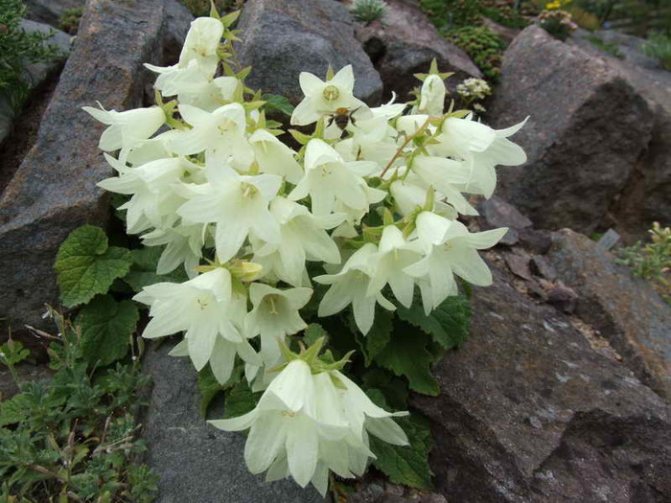

Thin-leaved peony
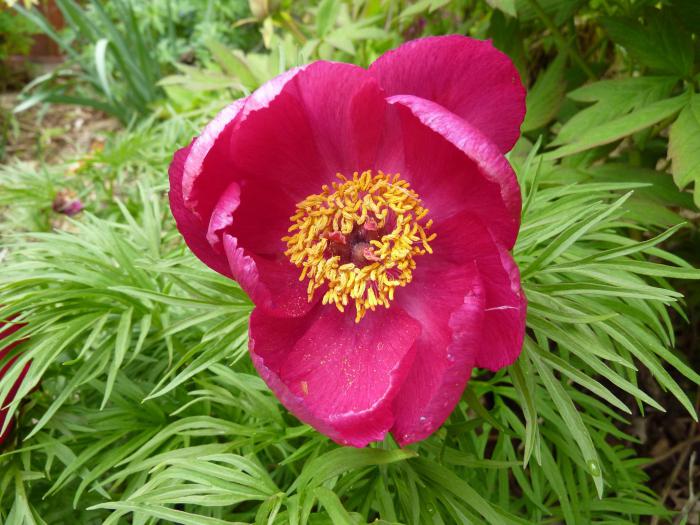

This flower was very common in the sixties of the last century throughout the USSR. Today its population has declined dramatically. It is very popular and very expensive in Western Europe, Canada and the USA. It begins to bloom in mid-May, unforgettable and bright. An adult bush can simultaneously have several dozen flowers of a rich red hue with yellow anthers.
Dolomite bell
Dolomite bell is a flower that grows only in Russia, in Kabardino-Balkaria, Ingushetia, Dagestan, North Ossetia, the Chechen Republic. He has very beautiful white flowers, up to 4 cm, located on long peduncles. The dolomite bell is torn off because of its decorative appearance, and its number is sharply reduced due to the laying of roads and other construction work at the place of its growth.
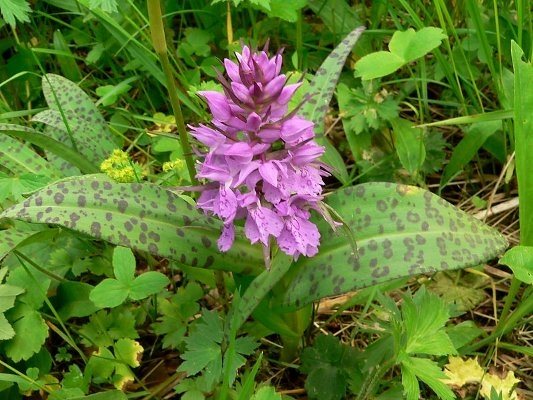

Broadleaf snowdrop
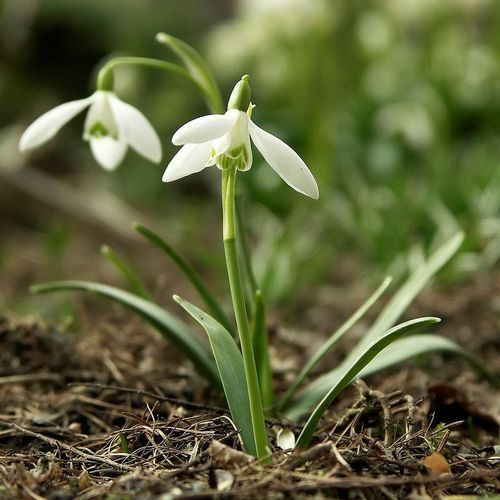

The plant is endemic to the central part of the Caucasus and is found in alpine and subalpine meadows. The broad-leaved snowdrop spends most of the year in the form of bulbs underground. It is a frost-hardy species that prefers shaded areas. The snowdrop wakes up in the fall, and in the spring it increases its green mass. The flowering period is from March to April. Flowers exude a delicate aroma. The exact number has not yet been established. In some areas, the species is threatened with complete extinction. Tourists and plant pickers uncontrollably pick flowers and dig up bulbs. Due to cut foliage, the quality of flowering deteriorates in the next year.
Spotted fingernail
Spotted fingernail (or speckled) - belongs to the orchid family, is found on the territory of Russia in the European part, but very rarely. In May-June, purple flowers bloom on racemose inflorescences surrounded by spotted leaves. Powder from dried tubers has an anti-inflammatory, enveloping, tonic and softening effect.
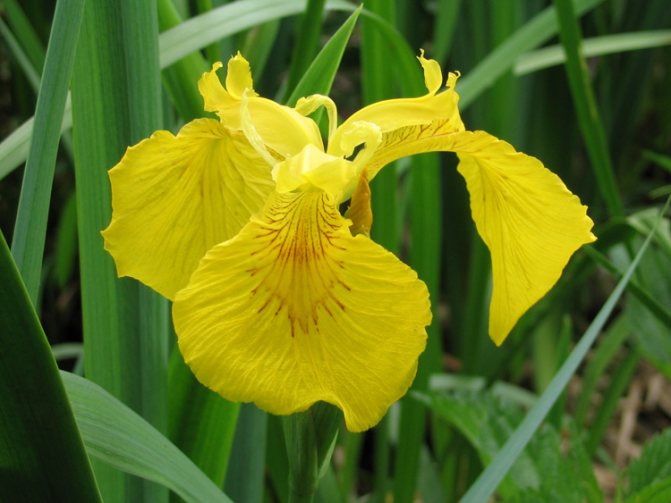

Violet incised
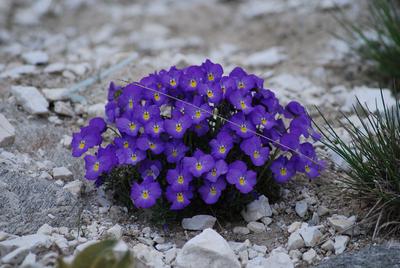

It should be noted that this is one of the most delicate and beautiful flowers. It can be found in meadows, edges of coniferous forests, river banks, rocky slopes. The flower's main charm is its purple corolla. This species reproduces with the help of seeds, and they are not formed every year, therefore, the fragrant violet was also included in the "Rare Plants of Russia" list.
Iris yellow
Iris yellow (pseudo-aira, marsh, water) - grows in the European part of Russia, along the damp shores of lakes and rivers, in swampy meadows. On a branched stem, in bunches of 3-8 pieces, light yellow flowers with an orange center grow. Essential oil is produced from yellow iris, which is used in perfumery, and dried rhizomes with a pleasant violet aroma are used in confectionery, in the production of wines, liqueurs and other drinks.
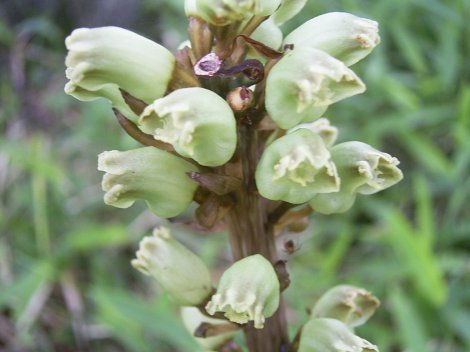

Panax ginseng
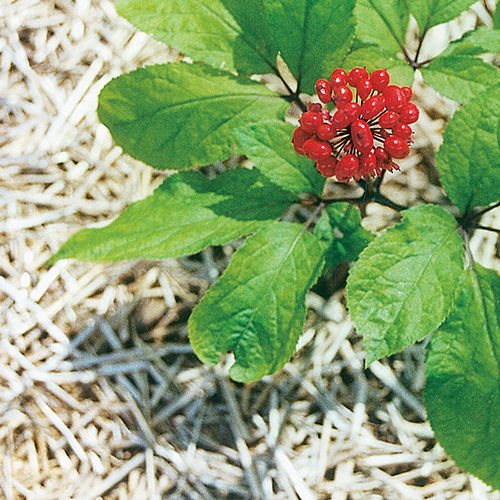

A narrow-area plant that is found in the Primorsky and Khabarovsk regions. Panax ginseng grows in cedar-deciduous forests and on rocky slopes. As a rule, there are single individuals, the plant does not form clusters. In shape, the root of this perennial resembles a human figure. It has a powerful root, a thin stem, and the inflorescence forms an umbrella. The pulp of the fruit is poisonous.
The plant is known as a healing agent. It has general tonic properties. In medicine, ginseng roots are used, which contain essential oils, trace elements, vitamins and peptides. The decline in numbers is directly related to the harvesting of roots. Ginseng also suffers from forest fires. To date, the plant is bred artificially. Plantations are located in the Primorsky Territory.
Gastrodia high (paunch)
It is an extremely rare perennial plant from the genus of orchids. Gastrodia is on the verge of complete disappearance, therefore it has long been listed in the Red Book. It is interesting for its unusual appearance: its stems reach 1 meter, while they do not have leaves. It blooms with beautiful large flowers, collected in a brush, the length of which reaches 15-20 cm. In autumn, fruits appear - boxes filled with seeds.
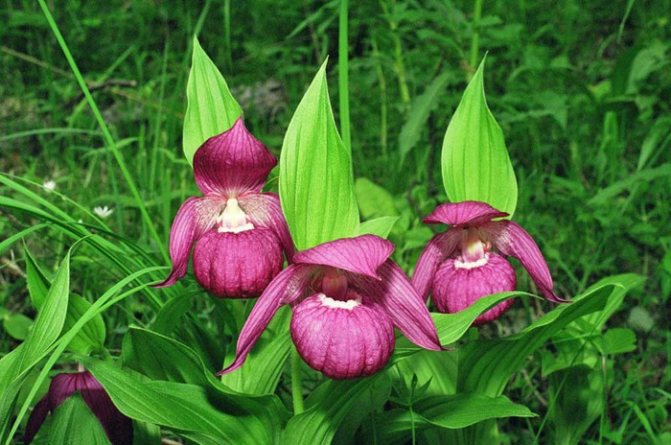

Incredible flowers
Amorphophalus - an interesting plant of the lily family with the largest flower in the world. It is distinguished not only by its incredible size, but also by its aroma, reminiscent of a mixture of smells of spoiled meat, fish or eggs. During flowering, its temperature reaches 40 ° C, due to which amorphophalus attracts many pollinating insects. Amorphophalus lives for about 40 years, but blooms only 2-3 times during this time.
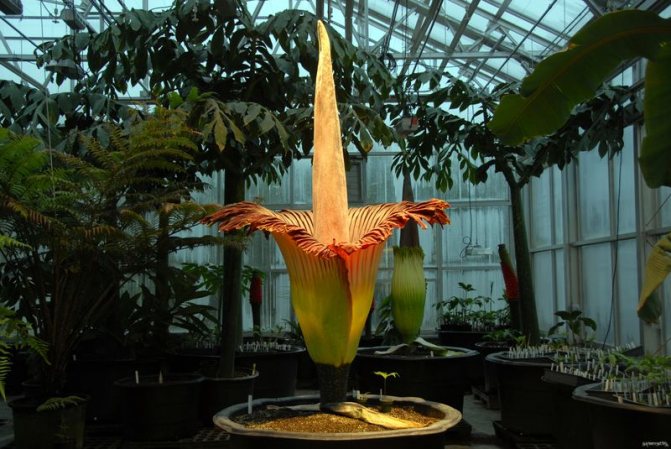

Rafflesia Arnoldi (Cadaveric lily) - a parasite plant without a trunk and stems, which has amazing blood-red flowers with white blotches. The flowers reach 1 m in diameter and 25 kg in weight, and their smell is so repulsive that it can only attract dung flies or scavengers.
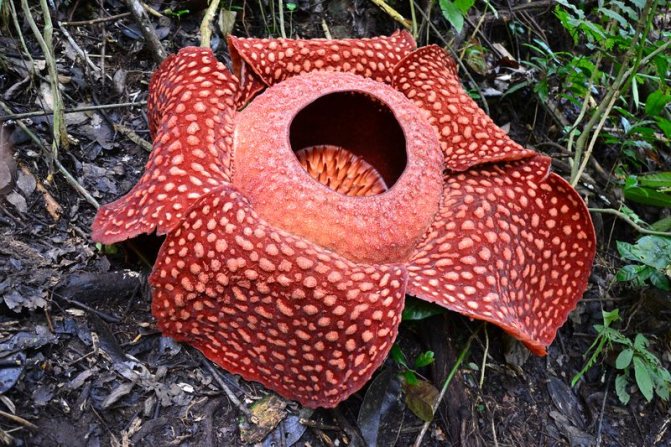

Puia Raymonda - grows in the Peruvian and Bolivian parts of the Alps and has the largest inflorescence: its diameter reaches 2.5 m, and its height is 12 m.Puya bloom is possible only once in a lifetime, not earlier than at the age of 150, soon after she dies.
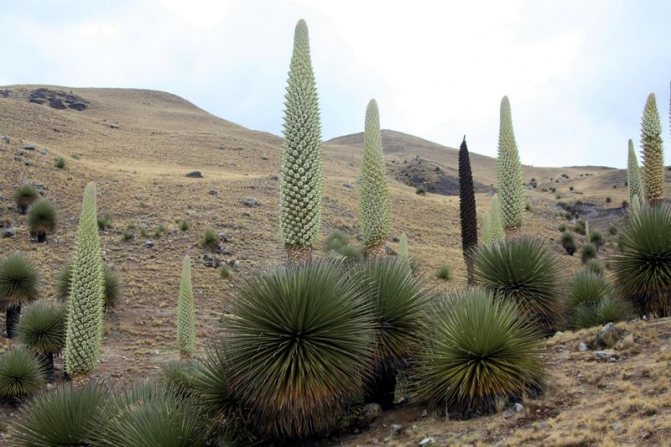

Hydnora - a little-known parasite from Africa, whose roots stick to nearby trees or other vegetation, and the flower itself rarely comes to the surface of the earth (only if there is sufficient rainfall). The flower of an amazing plant resembles a mushroom with fleshy petals and smells of rot, which attracts numerous insects that provide pollination.
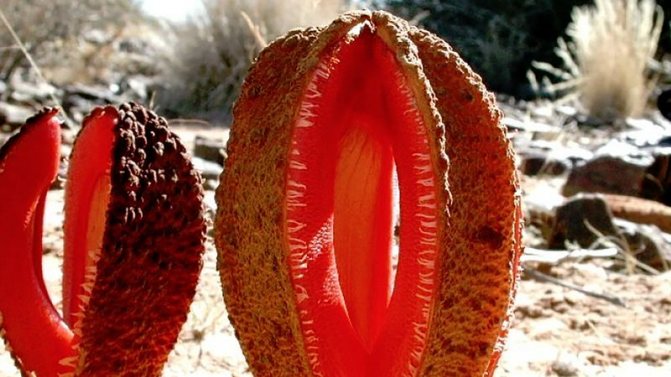

Krasodnev yellow
Krasodnev yellow blooms with large bright yellow fragrant flowers, shaped like a funnel. Due to the attractive appearance of flowers and healing properties, it is actively harvested by digging up the roots. Traditional medicine uses the plant to treat heart disease and liver disease. Infusion of roots will help get rid of painful sensations in the epigastric region.Take for fever, rheumatism, jaundice. Medicines are prepared from the roots for the treatment of gynecological diseases. Compresses are made from the broth to treat abscesses and tumors.
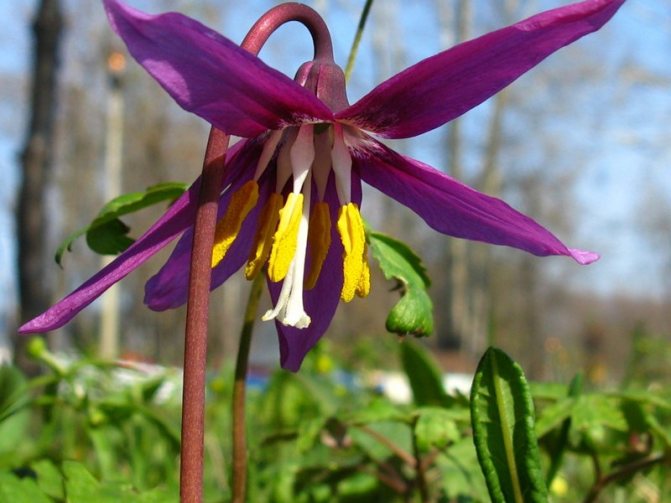

Geranium
Be sure to put a pot of geraniums in your bedroom. It normalizes the emotional state, helps to cope with stress, neuroses and insomnia. Pelargonium also cleans the air of microbes, which has a beneficial effect on the functioning of the whole body.
In addition, geranium is capable of:
- lower blood pressure;
- cure sciatica, osteochondrosis;
- accelerate recovery from acute respiratory viral infections, acute respiratory infections;
- help during attacks of neuralgia;
- relieve uterine, hemorrhoidal and nosebleeds;
- alleviate the condition with neurasthenia, epilepsy and schizophrenia;
- remove inflammation with otitis media, tonsillitis;
- improve the condition of the skin with acne.
Remember that the internal use of geranium is contraindicated in thrombosis, chronic diseases of the digestive system, individual sensitivity and during pregnancy.
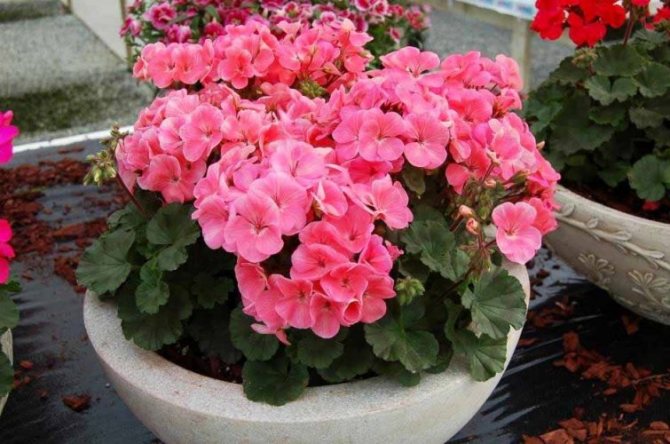

Geranium
Siberian Kandyk
A beautifully flowering bulbous plant. From mid-spring, April-May, drooping, pink-purple bells appear on its stems. Grows in the Siberian region of Russia. Its bulbs are edible and can be eaten raw or fried, and baked over a fire like a potato. In addition to nutritional properties, the plant is medicinal. A decoction from it is used as a fortifying, stimulating agent. Compresses from fresh leaves are used to treat tumors and ulcers. Also, traditional medicine uses it as an emetic or antidote.
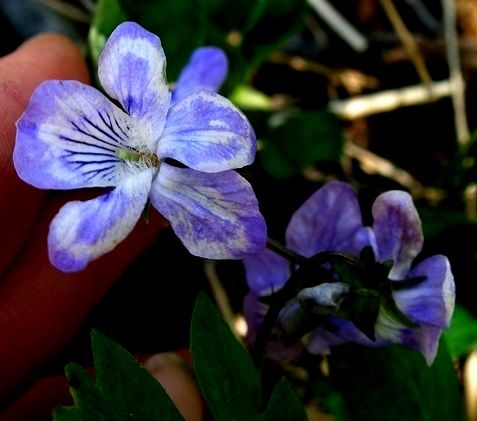

Plant predators
Venus flytrap Is an unusual carnivorous plant with trap leaves that grows on nitrogen-deficient soils. It is with the lack of nitrogen, which is necessary for protein synthesis, that the activity of traps is associated: they attract and digest insects, which are a source of nitrogen. This is one of the few plants that are distinguished by the speed of movement: the leaves of the flycatcher collapse in 0.1 s.
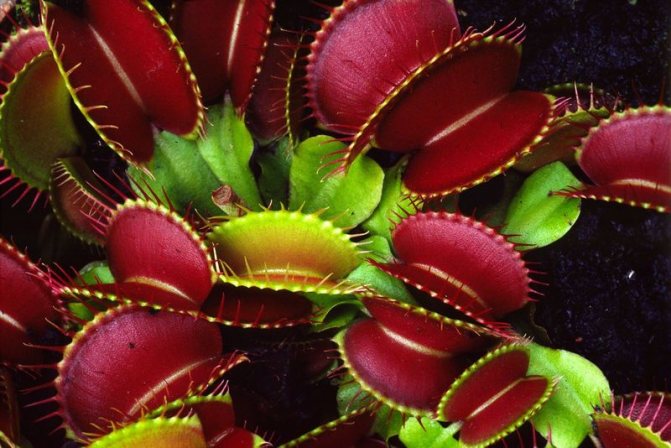

Nepentes - another insectivorous representative of the flora with traps in the form of jugs, which can hold up to 2 liters of water. When the insect falls inside, the flower produces enzymes necessary for digestion. Not only insects, but also birds, rats and mice sometimes become victims of nepentes.
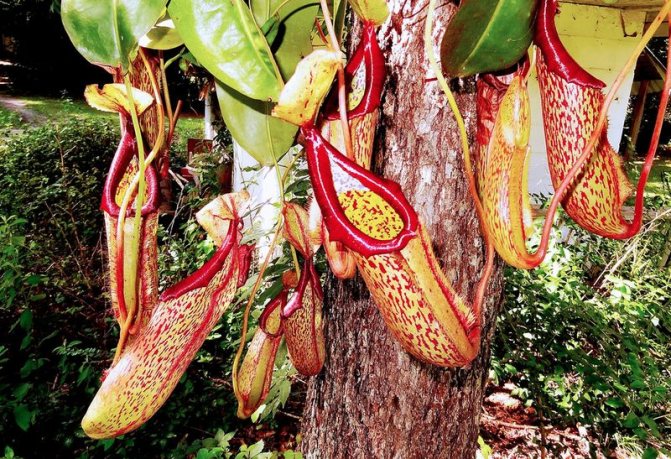

Pemphigus grows on all continents of the Earth, with the exception of Antarctica, and catches its "victims" with a bubble trap. The bubbles open periodically, suck up insects and water, and then close tightly. This whole process takes thousandths of a second.
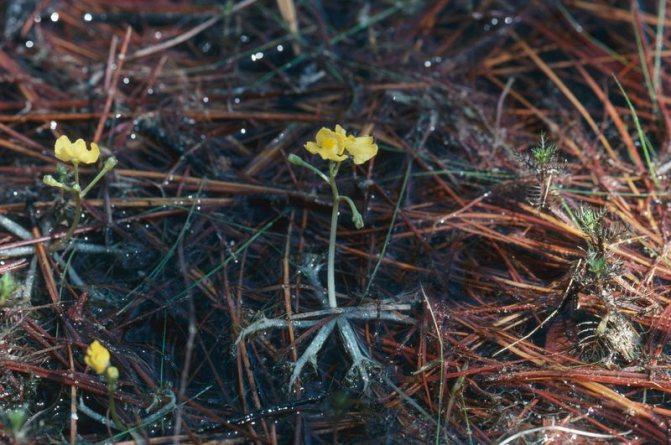

Hibiscus (lat.Hibiscus)
Hibiscus (lat.Hibiscus sabdariffa), or Sudanese rose, or hibiscus - A close relative of the Chinese rose, which decorates gardens as often as the Chinese rose at home. For medicine, flowers of a plant called hibiscus are of interest.
The Sudanese rose has long been known for its medicinal properties. Its flowers contain a large amount of acids - citric, malic, ascorbic, tartaric, as well as such valuable biologically active substances as flavonoids, anthocyanins, polysaccharides and pectins. Hibiscus normalizes blood pressure, has a diuretic and antispasmodic effect, kills pathogens and can be used as an anthelmintic. The anti-inflammatory property of hibiscus is used in the treatment and prevention of the upper respiratory and urinary tract. The Chinese successfully use hibiscus as a remedy that prevents blood clots and normalizes blood circulation. Has hibiscus and antispasmodic effect, which is especially evident on the smooth muscles of the uterus. Hibiscus drink helps to improve the general condition, increases appetite, physical endurance, helps to overcome chronic fatigue and resist nervous overload. Brings relief hibiscus tea and hangover.
Growing garden hibiscus - planting and care
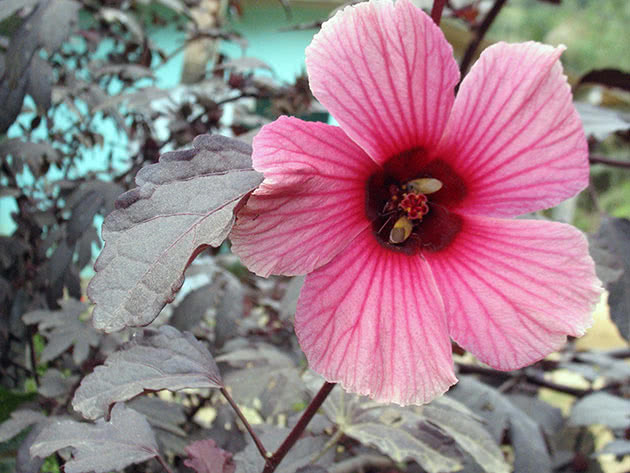

Callisia
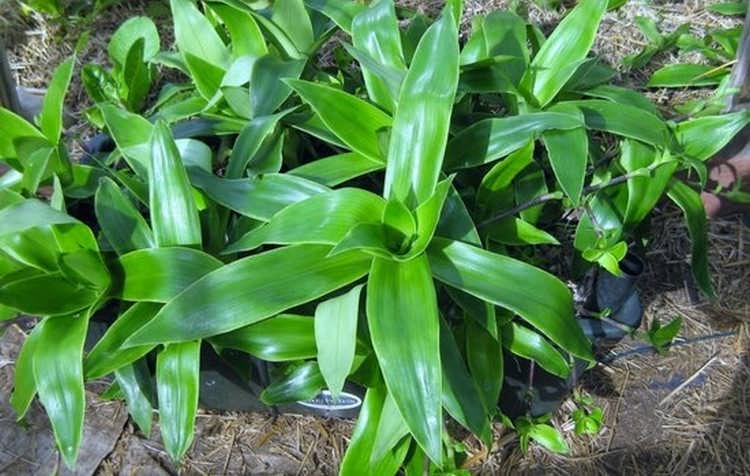

The golden mustache has become a favorite of many flower growers. It perfectly heals:
- Burns, lichens, ulcers, promotes the rapid cleansing of purulent wounds;
- Diseases of the stomach, gallbladder, intestines;
- Diseases of the circulatory system;
- Metabolic disorders in diabetes and obesity;
- Diseases of the joints;
- Boosts immunity.
For the preparation of the infusion, leaves or purple shoots are used. 3 different recipes at your service.
- brew 1 large mustache leaf 1 liter of boiling water for a day.
- 16 "knees", put in a thermos, pour boiled water, let it brew for 7 hours.
- chop the leaf or shoots, pour cold water, bring to a boil, leave for 6 hours.
The resulting product must be taken in 1 tbsp. spoon, three times a day 30 minutes before meals.
Ficus
Ficus is considered one of the most useful indoor seedlings. This unpretentious flower perfectly cleans the air in the apartment, heals a huge number of diseases.
For tracheitis and bronchitis: boil the leaves for 3 minutes, grease with honey, tie on the back and chest, fasten well, tie a scarf on top, leave the compress overnight.
The tincture very well treats arthritis, radiculitis and osteochondrosis:
- pass the ficus leaf through a meat grinder,
- pour 100 ml of vodka,
- refrigerate for 2 weeks.
- filter through 2 layers of cheesecloth, pour into a container with dark glass.
Warm up in hot water before use.
Before going to bed, take a bath (39 degrees) with the addition of 200 g of salt, then rub the sore spot with tincture of ficus, wrap it with a warm scarf. The course is 10 days.
Warts and wines will disappear, if you add 50 g of vinegar essence to 100 g of juice. Make a hole in the plaster, glue it to the wart, put 2-3 drops of the mixture into the hole where the wart looks out.
A burning sensation will begin immediately. If the burning sensation can be tolerated, then hold for 10-12 seconds, if it burns very strongly, then quickly rinse with water.
Agave
The most famous home doctor is aloe. Leaves are applied to long-lasting wounds, burns, corns, calluses. Or soak a piece of gauze with agave juice, apply it to the sore spot, change the dressing to get a positive result.
Many women use aloe vera face masks to cleanse acne and rashes.
Kalanchoe


Kalanchoe, or homemade ginseng is used for external treatment of various diseases. It is excellent for the treatment of pressure sores, ulcers, fistulas, festering wounds and boils.
To get juice, you need to cut off the required number of leaf plates, then they are removed on the refrigerator shelf for a week, after which they are crushed and squeezed out. It is put back in the refrigerator for 24 hours, after which it is filtered through three layers of gauze, then it should be sterilized and preserved by pouring it into jars. They are stored for storage in the refrigerator, where they can be stored for no more than 12 months. On the problem area, it is necessary to apply gauze folded in four layers, which must be moistened in the juice of this plant.
Such a plant is also popularly called a living tree. It can be found in almost every apartment and house, but few people know that children, which are in large quantities on the foliage, can be eaten, for this they are added to salads, or you can just eat 1 large spoon every day ... They are recommended to be included in their diet for people who suffer from anemia, as well as to strengthen the immune system.
Kalanchoe tincture helps well with varicose veins, while the legs must be rubbed from top to bottom. Kalanchoe ointment helps with erosion of the cervix, for this you need to insert tampons with it every four hours. As a rule, erosion disappears after 7 days.To prepare an ointment, it is necessary to combine Kalanchoe juice with lanolin in a ratio of 3: 5, then add 50 grams of petroleum jelly to the mixture.
Naked licorice (licorice, licorice)
Wild perennial plant, the use of which is recorded in the Sumerian monuments. In antiquity, it was used as a means capable of giving longevity.
It reaches a height of 2 m. Licorice has a developed vertical root system, complex paired leaves (about 7 pairs), located alternately.
The shape of the leaves is elongated and oval. The back is sticky. Peduncles of licorice are long, with dull purple flowers. Fruiting with brown beans, which are about 2.5 cm in size, they contain 5-6 seeds. Fruit ripening occurs at the beginning of September.


The medicinal properties of licorice are due to the presence of gritsirizin and saponins. It acts on the secretions and ciliated epithelium of the bronchi and trachea, providing an expectorant effect. Therefore, licorice-based medicines are prescribed in the treatment of cough, especially in children and the elderly. Licorice is also used as an antispasmodic in the treatment of diseases of the respiratory system.
Licorice contains substances similar to steroids. This explains the anti-inflammatory effect of the plant. In addition, licorice lowers cholesterol levels, dissolves its plaques in blood vessels.
It is used to treat stomach and duodenal ulcers, acute conditions that occur in the organs of the gastrointestinal tract. Prescribed additionally for problems with the adrenal glands.
You can not use the plant during pregnancy and lactation, in the presence of hypertension, myocarditis, liver cirrhosis.
Nude licorice is not an endangered species, but it needs protection and cultivation.
Areas of application for home healers
With wild medicinal plants, everything is clear, they can definitely be used for medicinal purposes, but what to do with indoor plants, can they be used for the prevention and treatment of diseases? Of course yes!
Areas of use:
- external use;
- air purification in the room.
The disease is easier to prevent than to cure it, so peace and quiet should always reign in the house. Only a joyful and measured life will help maintain health. And if any sores appear, indoor plants can and should be used to treat them.
Pike tail, or sansevier
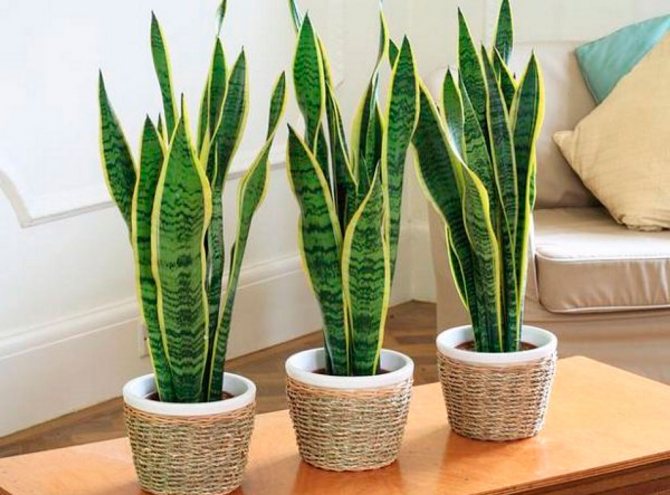

Beneficial features
Sansevier is also very widespread; growers love it for its unpretentiousness. Among the people, he has several other names, for example, "pike tail", or "mother-in-law's tongue".
Such a plant has rare healing properties, for example, it helps to withstand adverse conditions. In this regard, during the rampant flu and other infectious diseases, such a plant increases the immune forces of everyone who lives in the house.
Recipes
Tincture, helps with inflammation of the appendages:
- chop the pike tail foliage and fill a glass with it by a third;
- the glass should be filled to the brim with vodka, then the mixture should be poured into a container made of dark glass;
- it must be placed on a refrigerator shelf for 3 weeks to infuse;
- the tincture should be filtered through three layers of gauze, then placed in the same container for storage;
- within 2 weeks you need to drink one large spoon in the morning and evening after a meal.
Echinacea
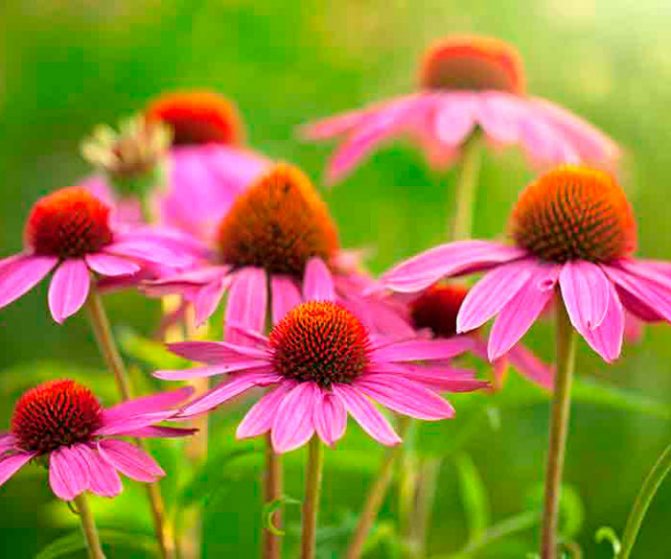

Echinacea is very effective in the decline of immune forces, as well as in the treatment of arthritis, burns, smallpox, mumps, infectious diseases of the bladder and other infectious diseases.
To prepare the tincture, you will need echinacea flowers. This plant is able to cope with many different pathogenic bacteria, viruses, fungi, as evidenced by the results of a study conducted in Germany. The tincture can be purchased at the pharmacy, it should be taken three times a day, 5-10 drops.

